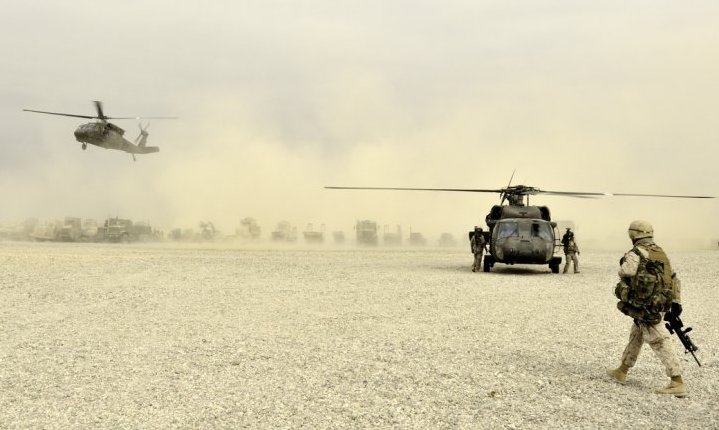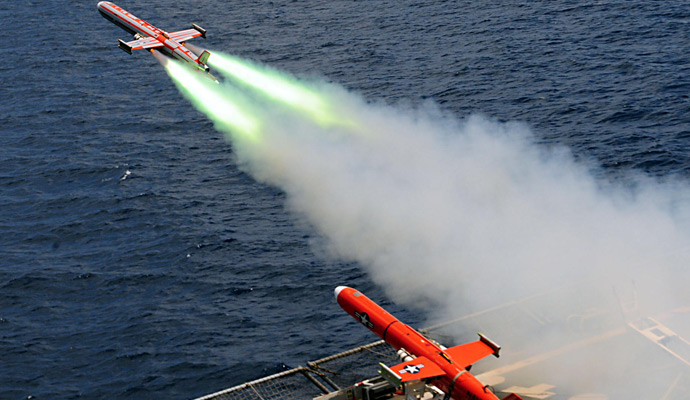 The United States and China appear to have reached accord over a draft U.N. resolution on fresh sanctions against North Korea. Anonymous diplomatic sources say that the United States aims to hold a vote Aug. 5. This has been the U.S. and Chinese approach for some time — to first engage in bilateral dialogue before formally proposing sanctions measures to the broader U.N. Security Council.
The United States and China appear to have reached accord over a draft U.N. resolution on fresh sanctions against North Korea. Anonymous diplomatic sources say that the United States aims to hold a vote Aug. 5. This has been the U.S. and Chinese approach for some time — to first engage in bilateral dialogue before formally proposing sanctions measures to the broader U.N. Security Council.
Washington handed over a new draft sanctions resolution to China shortly after an emergency July 5 U.N. Security Council meeting in reaction to North Korea's first intercontinental ballistic missile (ICBM) test. The United States insisted that it wanted to avoid the watered-down sanctions leveled in the past, a specific allusion to China's pattern of playing defense in the United Nations to ensure that sanctions do not go too far in destabilizing North Korea.
Shortly after the July 5 meeting, China's U.N. Ambassador Liu Jiey cautioned against rushing the measures and said an improvement of the situation might reduce the urgency, specifically noting his desire for further North Korean tests to be prevented by diplomatic means. On July 28, however, North Korea tested its second ICBM, ratcheting up pressure on China to act. The following week, the U.S. announced it would launch new investigations into Chinese trade practices — a sign that it will no longer allow hoped-for cooperation to limit it from firm action. The investigation could allow the U.S. administration to eventually unleash a slate of retaliatory trade measures against China — a prospect very much on Beijing's mind as it decides how to proceed regarding North Korea.










